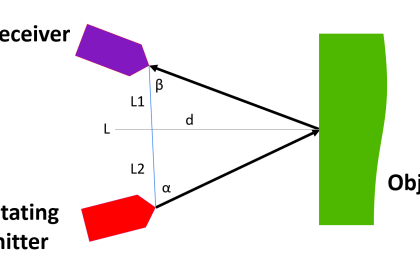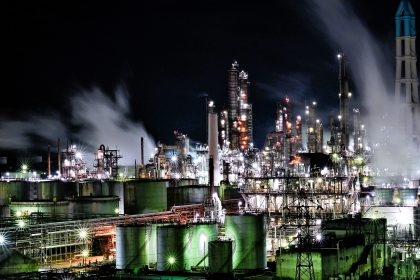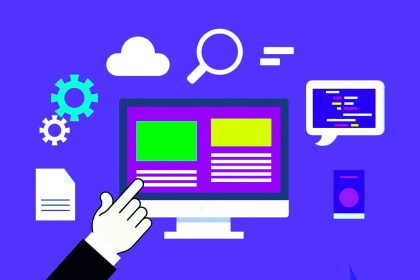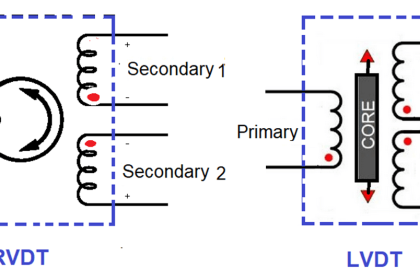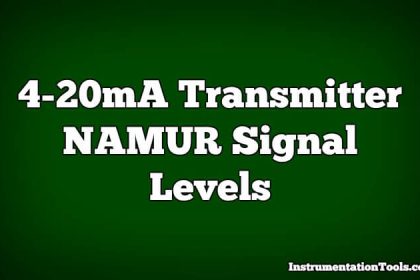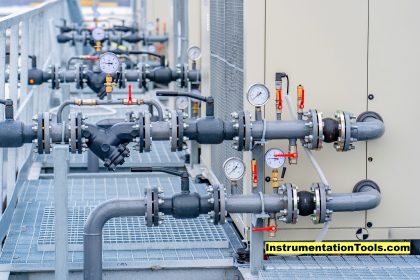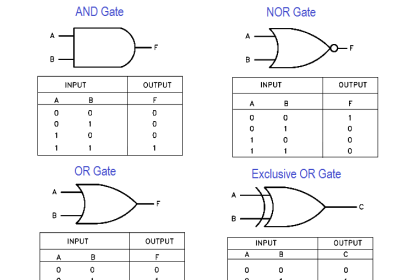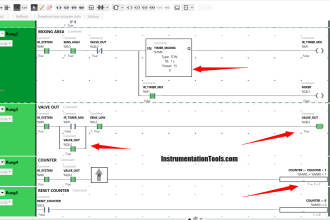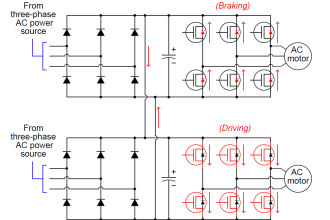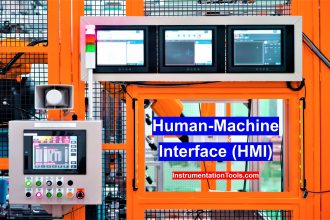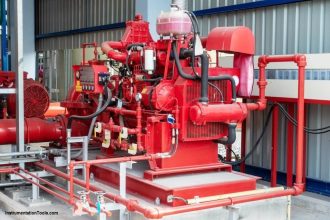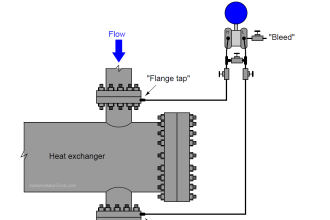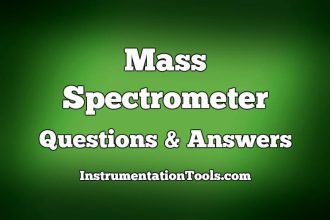Pressure Regulator with Flapper-Nozzle is nothing but a I/P converter.
Flapper-nozzle principle: The electromagnetic field changes the space between flapper and nozzle and thus generates a proportional pressure variation.
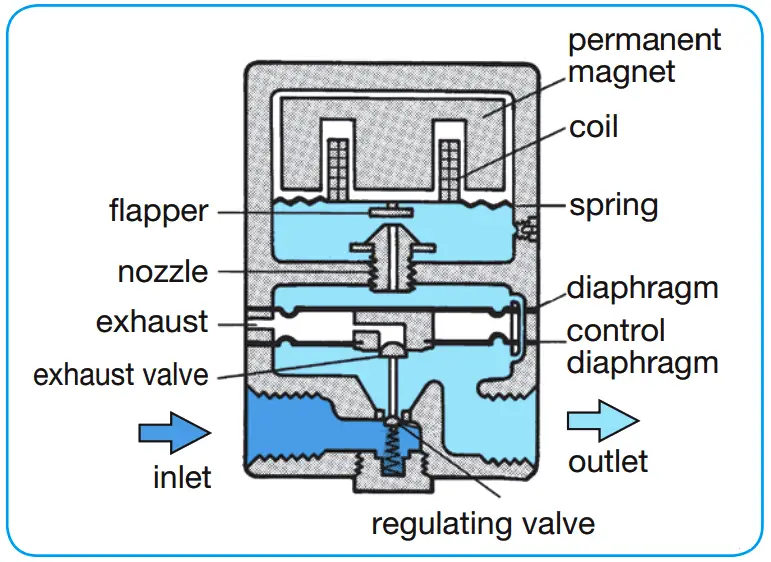
Pic courtesy :aircom
The pneumatic proportional valve translates an electrical command signal into a proportional pneumatic outlet signal (I/P or E/P converter). The transducer works on the flapper-nozzle principle. The electrical command signal generates a magnetic field in the coil. At the lower end of the coil there is a flapper valve which operates against a precision ground nozzle to create back pressure on the control diaphragm of a booster relay.
The current flowing through the coil produces a force which proportionately controls the nozzle back pressure. This control pressure is applied to a servo mechanism which operates the high flow inlet and exhaust valves. An integral volume booster provides excellent flow capacity to give fast response in the majority of applications, including dead end service.
Source : aircom
